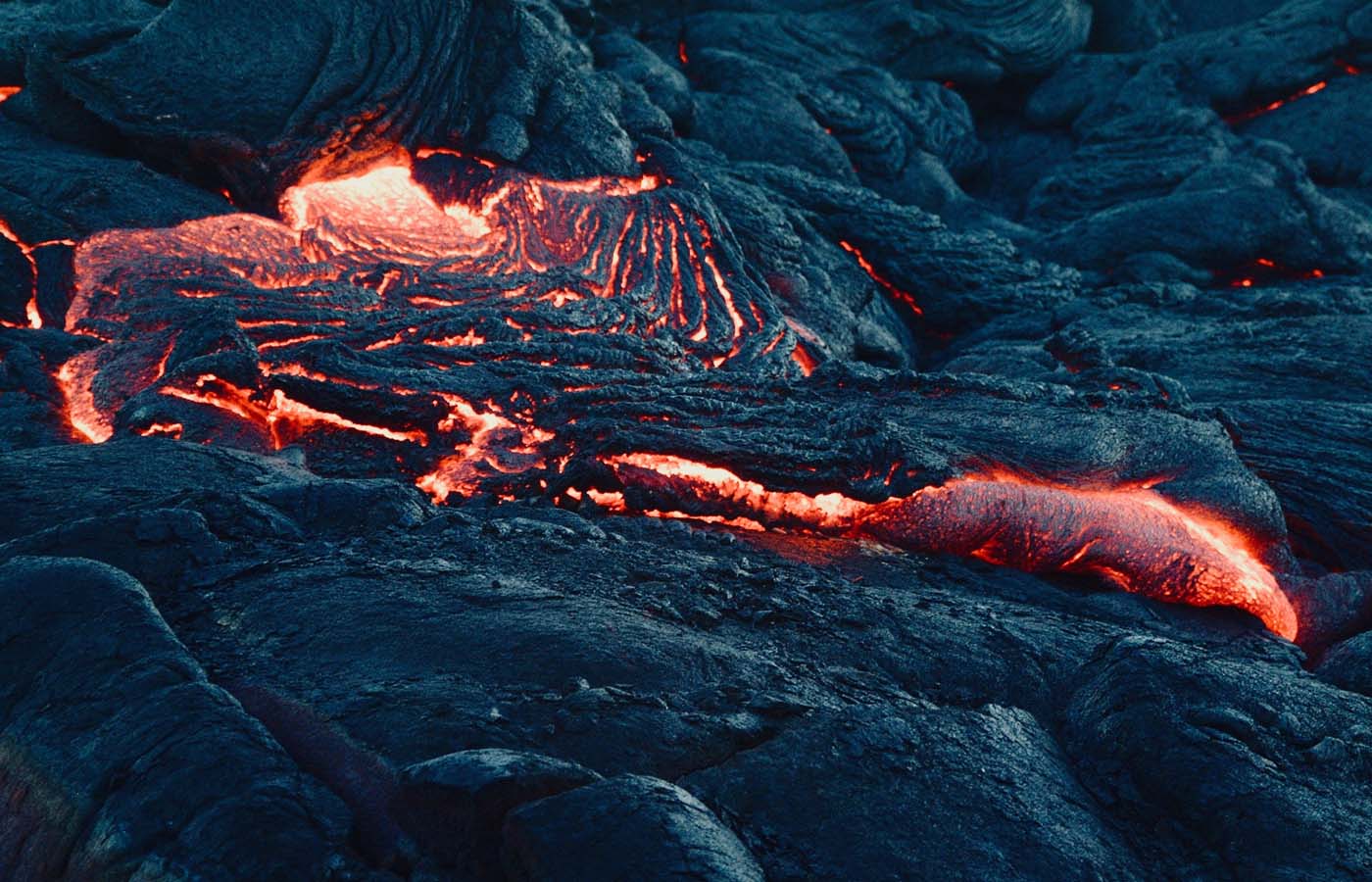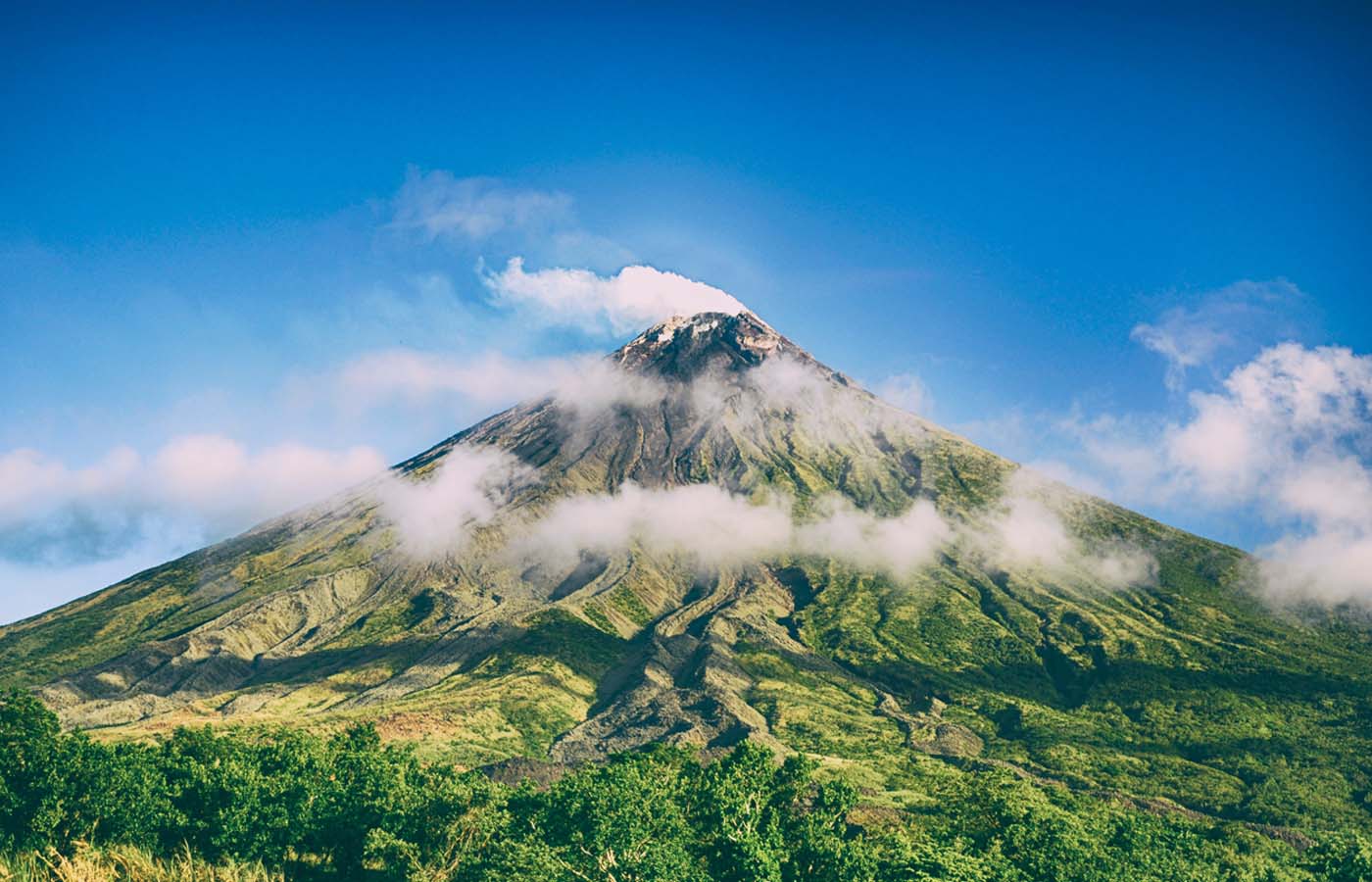Did you know that Hawaii is home to the largest active volcano on earth, the fiery and very powerful Mauna Loa. The last time the Mauna Loa spewed lava was back in 1984. But since then the volcano has been quiet and hasn’t been seen as a real menace to Hawaiian society – that is, until a couple of days ago when the U.S. Geological Survey decided to dial up the alert level from “NORMAL” to “ADVISORY”. The increase was primarily due to measurements taken by those at the Hawaiian Volcano Observatory (HVO) who have recorded a series of earthquakes and ground swell that is increasing in intensity.
The big island of Hawaii in the Pacific Ocean is made up of five volcanoes, including the fiery mother of them all – Mauna Loa. The peak reaches a dizzying height of 4,170 meters (13,681 feet), and according to the Smithsonian’s Global Volcanism Program (GVP), Mauna Loa actually rises to a total of 9,000 meters (29,600 feet) from the sea floor. It is the largest subaerial volcano on the planet when it comes to mass and volume ( meaning that it has subaerial eruptions). According to Wikipedia, a subaerial eruption is “a volcanic eruption that occurs on the and surface ‘under the air’ and generally produce pyroclastic flows, lava fountains, and lava flows”. Basically, and in other words, it’s a pretty dangerous type of volcano that would make a Fourth of July fireworks show look like baby play.
Scientists don’t believe the volcano is going to erupt any time soon, but that doesn’t mean they’re going to turn a lazy eye towards it anytime soon. They are carefully observing the status of Mauna Loa, especially since the history of the volcano is characterized by quick evolution and tendency for ejecting huge amounts of lava in a large diameter from the vents. It is known to be one of the speediest ‘erupters’ out there. The Volcano has erupted 33 times since 1843.

If no one really believes that an eruption is imminent, then what is all the concern about? If the volcano were to erupt, the fast rate of lava flow down the mountain side to the sea, and towards the city of Hilo – which isn’t far off to the east (and the largest metropolis on the Big Island) could be potentially devastating. Therefore it’s best if everyone is prepared for such a scenario just in case, even if it is highly unlikely at this time.
The U.S. Geological Survey’s volcanic alert system is based on two levels. One part of the system is meant for those living on the ground or within the vicinity of the volcano – they need to know what the spirited volcanic gods are up to. Within this sector there are four alert levels: NORMAL, ADVISORY, WATCH, and WARNING.
The other part of the system is intended for the aviation industry – for the aircraft flying near to the volcano. The alert levels for airplanes are GREEN, YELLOW, ORANGE, AND RED – each level being an indication of ash plume in the air – a serious danger since ash has the potential to cause a jet engine to stall.
In the case of Mauna Loa, raising the alert level to ADVISORY, indicates that the volcano is at an elevated level of unrest when compared to “NORMAL” background levels. Ground swelling is cause for concern because means that magma is loading into the subsurface chambers of the volcano.
It is possible to continue at this level of unrest for months or years without an eruption, but the reverse is also true: the changes currently taking place could signify an eruption in the works. By the way, for a volcano to be termed “active”, it has to have erupted at least one time over the last 12,000 years. So if you’re planning any travel any time soon to the big island of Hawaii, it’s best to be aware of the situation.




1 Comment
gnesiohamartolos
That is not a photograph of Mauna Loa nor of any volcano in Hawaii, my home state.
Comments are closed.